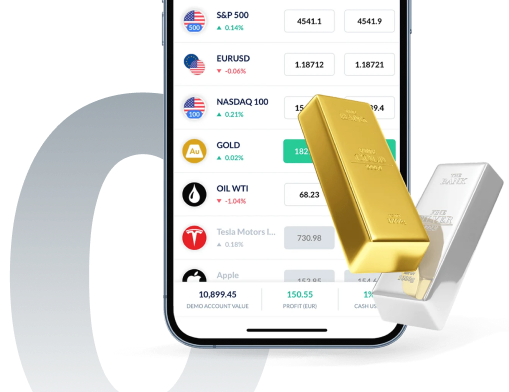Five stages of a market bubble: The Hyman Minsky Model

Financial market bubbles: What are they?
Financial market bubbles refer to a situation where the price of an asset or security rises at a rapid pace for a prolonged period. Once prices have reached unsustainable levels that no longer justify the assets intrinsic value, the bubble bursts.
In the same way that a physical bubble explodes, leaving tiny droplets of liquid, the instrument's value deteriorates faster than it rose.
Stages of a Market Bubble: The Minsky Model
American economist Hyman Minksy released a book describing five stages of a market bubble. Although his work only gained in popularity more than a decade after his passing, the Minsky model now plays an important role in economics. In the book titled “Stabilizing an Unstable Economy, Minsky introduced the Financial Instability Hypothesis (FIH) exploring the relationship between market bubbles and economic cycles.
The Minsky model identifies five stages of a bubble that begins with displacement and ends with panic.

Causes and consequences of a market bubble
The Minsky Model – 5 Stages of a Market Bubble
1. Displacement
In economics, displacement occurs when there is a shift in sentiment. The phenomenon could be a result of advancements in technology, changes in interest rates or innovations.
A good example of displacement can be seen in the price of Bitcoin during the Coronavirus pandemic.
When the Federal Reserve lowered interest rates to promote consumer spending and boost the economy, large stimulus packages boosted sentiment and increased spending.
With an additional $6 Trillion flowing through the US economy, low interest rates became a deterrent since the funds would not yield positive returns. At this stage, Bitcoin, stocks and other risk assets became attractive alternatives, pushing prices higher.
2. Boom
At first, prices start to increase at a steady rate before attracting the attention of the media. This sets the stage for a boom phase. As demand continues to rise, the trend remains driving prices higher. The trend continues and speculation becomes a prominent driver of price action.
3. Euphoria
Euphoria represents the peak of the bubble, when prices reach unsustainable levels.
At this point, panic selling occurs and prices fall at a much faster pace than the initial rise, wiping out a large portion of the assets perceived value.
During this phase of the cycle, prices skyrocket, and irrational exuberance sets in. With speculators expecting the momentum of the uptrend to continue, prices continue an upward trajectory before bullish momentum fades. Between 2020 and 2021, the price of Bitcoin rose 1,692% before reaching an all-time high of $69,000 in November 2021.
Bitcoin Monthly Chart

Source: TradingView
4. Profit-Taking
When prices begin to fall, some investors may decide to take profits, increasing selling pressure. With the unwinding of positions pushing prices lower, sentiment turns negative, exacerbating the downside move.
5. Panic
Finally, as panic and fear spread and headlines warn of doom and gloom, demand continues to falter panic sets. During this stage, the acceleration of bearish momentum and the repricing of information forces prices to fall until calm is restored.
Trade Demo: Real trading conditions with zero risk
Trade risk-free on Skilling’s award winning platforms with a 10k* demo account.

Past performance does not guarantee or predict future performance. This article is offered for general information and does not constitute investment advice. Please be informed that currently, Skilling is only offering CFDs.










